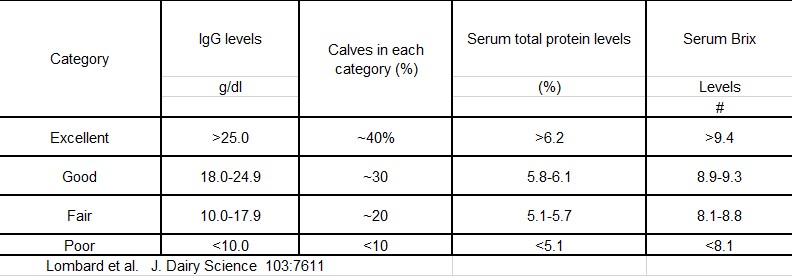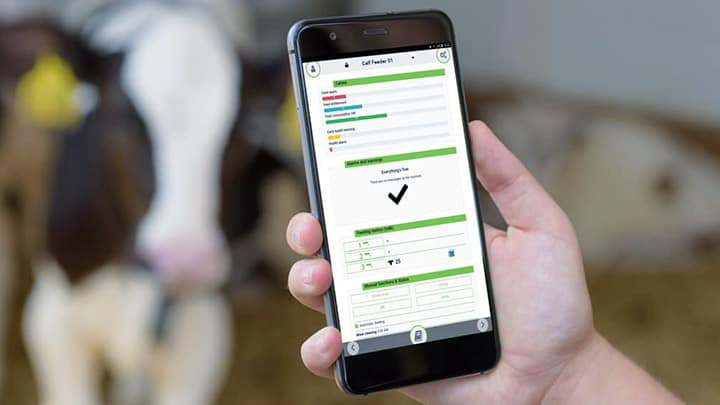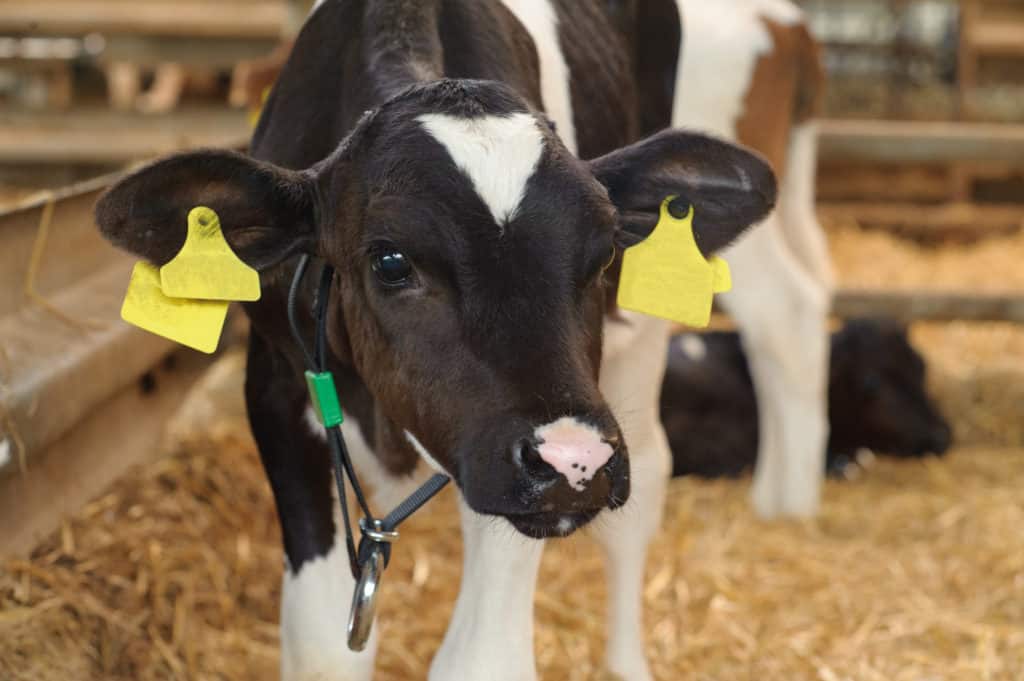Are you a calf manager or a calf feeder?
First, let’s start with some definitions. The calf feeder is the person who does their job. They aren’t recognized for either great or poor calf care. It’s a “low ranking” job on the farm. A calf manager sets goals, analyzes data, evaluates their resources and allocates them successfully to achieve objectives in raising a calf which meets the farm’s needs economically. They identify “bottlenecks” and factors which impede progress! They may also perform tasks of the feeder but take their responsibilities to the next level. They are likely “passionate” about calves!

Typically, the calf program has been relegated to a lower priority for the dairy business as it is a current expense with a delayed impact on future income. However, with the use of genomics and sexed semen plus the increased value of dairy beef and replacement heifers, things have changed. There’s greater incentive to feed calves better to improve income and farm profit whether from beef or improved health and production of females.
What are the keys to being a great calf manager?
- Set goals for the calf program. Those listed in the Gold Standards by the Dairy Calf and Heifer Association (calfandheifer.org) are a good start. Additional ones unique to the farm would also apply.
- Think like a “cow” manager. What information is needed for successful management of the lactating dairy herd?. No one would remotely think about managing cows without timely, objective information, such as milk yield.
- What information is useful in managing calves? It should be easily measured, recorded, timely and highly correlated with economic performance!
- Colostrum is the starting place.
- Bacteria counts of colostrum as it’s fed to the calf. A reasonable goal is <20,000 cfu/ml. Higher bacteria counts impede colostrum absorption. Handle colostrum with the same care as used with saleable milk!
- Brix reading or IgG content of colostrum. Brix readings above 22 are indicative of IgG content >50mg/ml.
- Successful IgG Transfer is the “gold” standard for colostrum management. The table below represents currently accepted goals.
- Colostrum is the starting place.

- Health – Record all treatments with primary emphasis on respiratory and digestive disease. For preweaned calves – <10% pneumonia, < 15% scours and survival rates (24h to weaning) 97% are suggested by the DCHA.
- Growth – What is the average daily gain between birth and weaning? This is rarely measured on many farms. However, can one imagine not knowing milk production of lactating cows for making management decisions? Weights at birth and weaning are essential for evaluation of the calf program! One simple goal that can be indexed for breed is that calves should double their birth weight by weaning at 56 days. This means one should expect gains of more than 1.1 to 1.6 lb. of gain for birth weights of 65 to 90 lb.
Let’s not forget that Technology applies to calf management too and is requisite for success by the calf management. Most records for calves are first recorded on paper. Delays and errors in transcription are common problems. Strive to transition records to an electronic format as soon as possible.
- Identify all calves using an RFID tag at birth.
- Record events such as health treatments and body weight by use of a “wand” to identify the calf followed by recording relevant information on a phone or tablet. This technology reduces “lag” and errors in transcription from paper to electronic records.
The use of robotic milking systems has transformed how we use information to better manage the lactating herd. This technology can also greatly enhance our management of the preweaned calf with calf autofeeders! Consider the following use of calf data. Milk intake and drinking speed are valuable tools to predict the onset of disease, frequently hours or days before the “calf feeder” might detect illness. A considerable advantage is that this information is readily available to the calf feeder, the calf manager, the herd manager and the veterinarian in an electronic format in real time. Breaks. Does the calf start and meal and then stop drinking? As we study this data more it’s likely that some type of “index” will enable more reliable prediction of disease onset and recovery from disease.

Body weights which estimate body weight through scales under the front feet have proven to be very reliable. Again, research will tell us what “normal” variation is during the day or from day to day in healthy and diseased animals.
Calf starter intake can also be measured in group housed calves. Research has shown that this is a reliable tool for determining when to wean a calf when milk availability is linked to starter intake.
Activity is also a useful predictor of disease onset. How much time does the calf spend lying in the pen and how is this related to health?
For individually reared calves housed in hutches or calf barns there are systems which utilize an ear tag to monitor calf behavior (SenseHub Dairy Youngstock). This system is successful in identifying calves with a moderate illness according to the Wisconsin scoring system at least 7 hours prior to treatment using observer identification to identify “sick” calves.

Is your dairy business prepared to “manage” calves? It requires a commitment to developing a system which captures essential information to make decisions in a timely manner. Consider adoption of those technologies which offer the most economic return and will be utilized by personnel who are managers and not just calf feeders!

